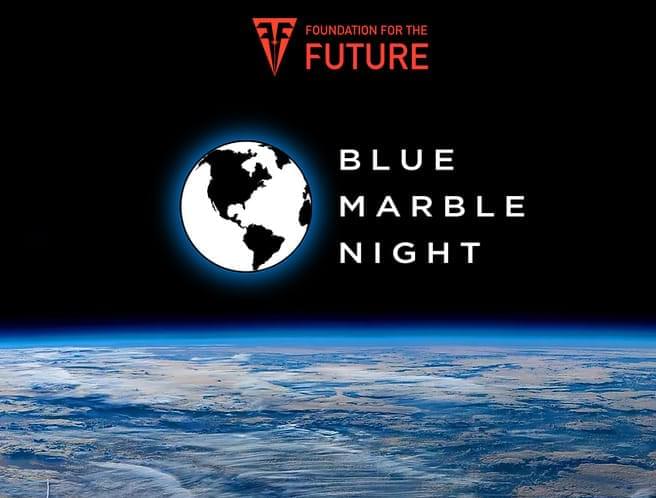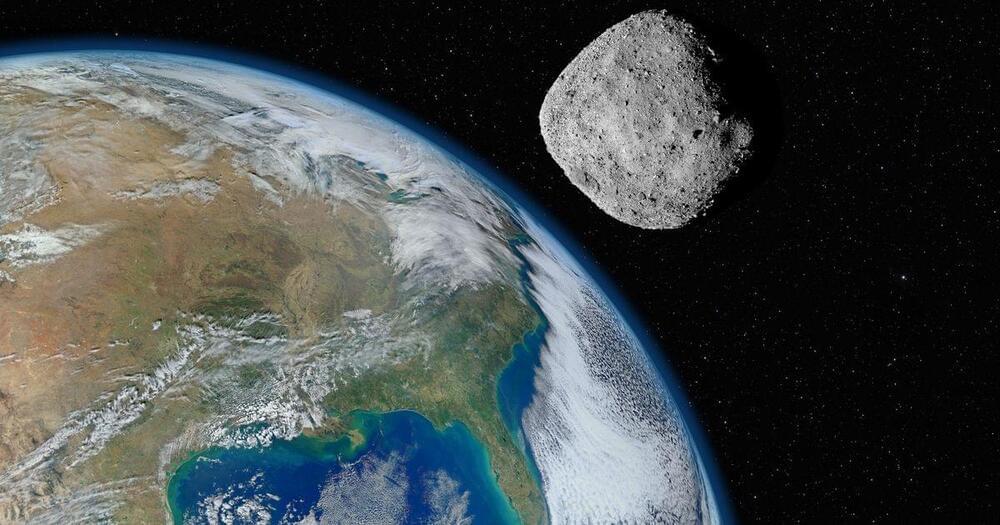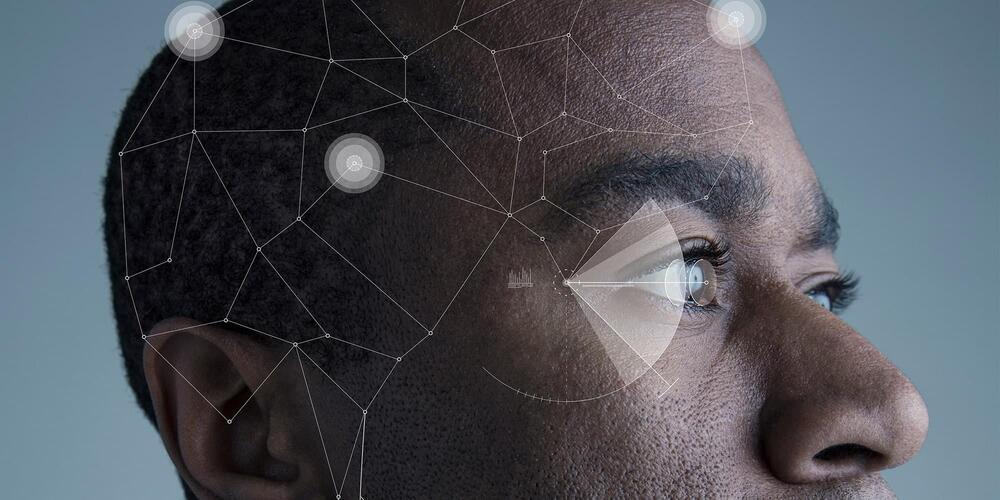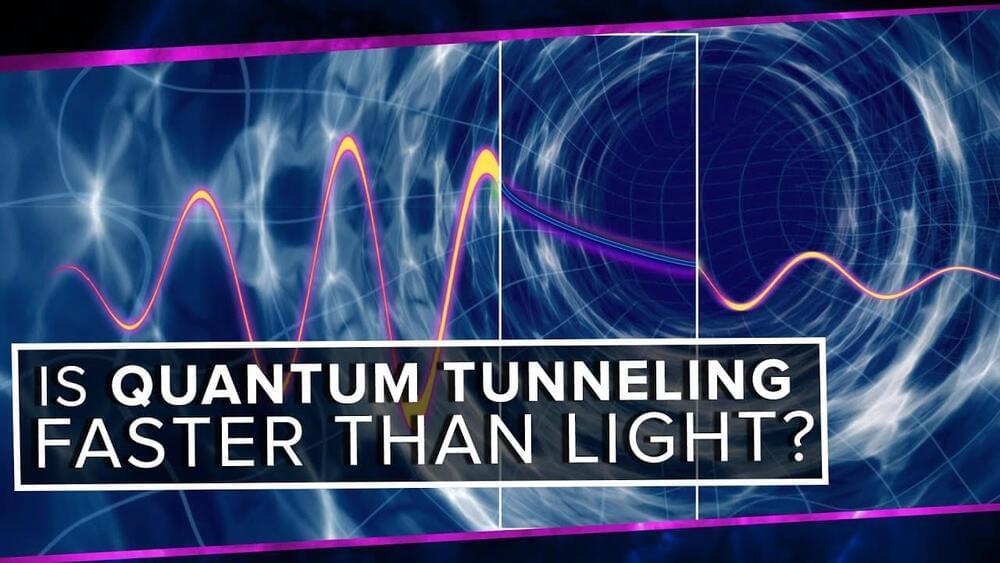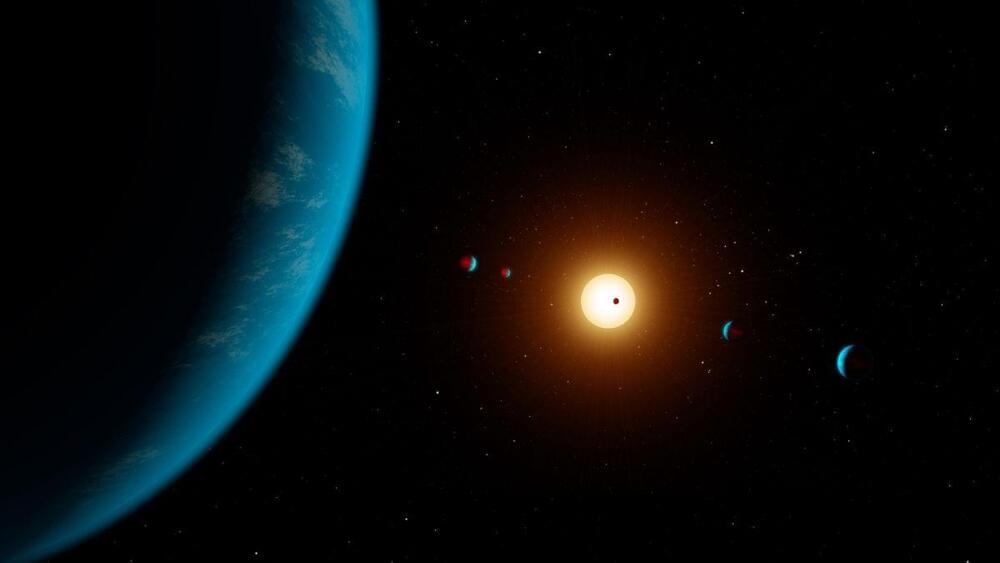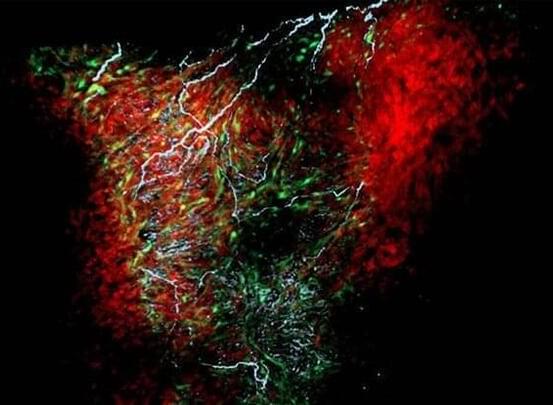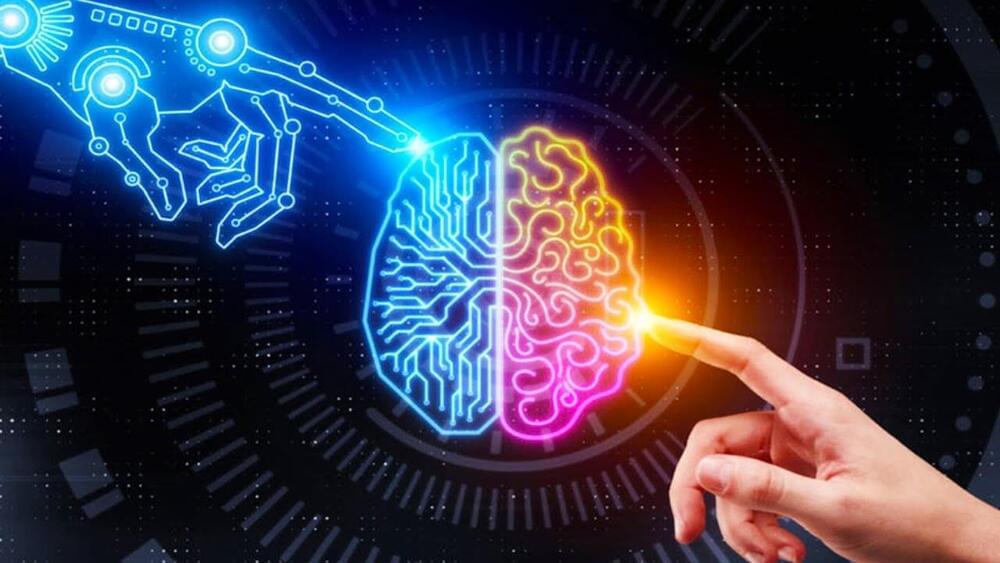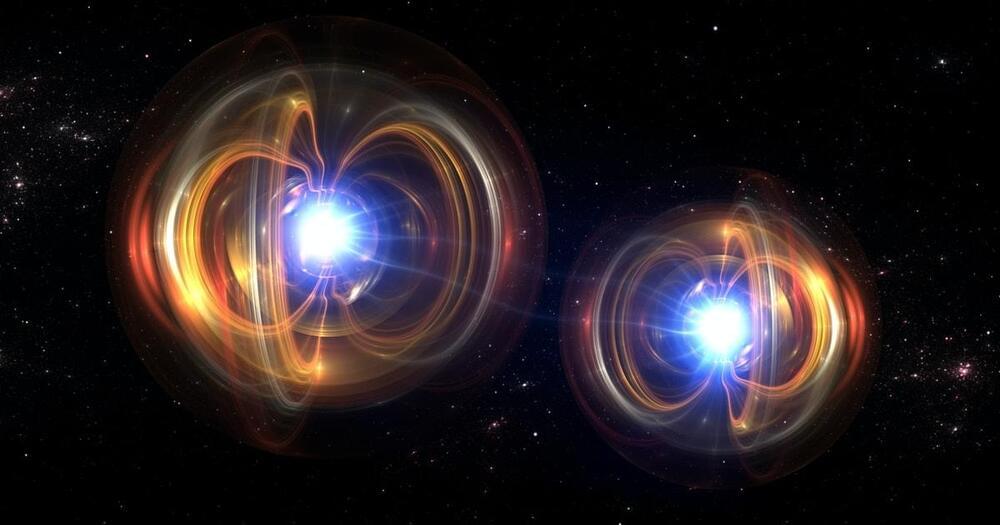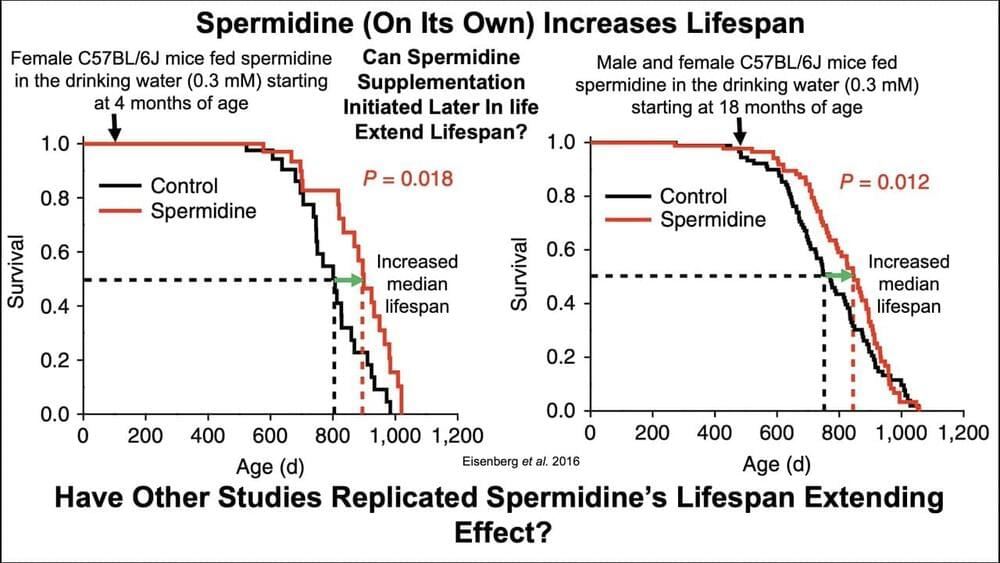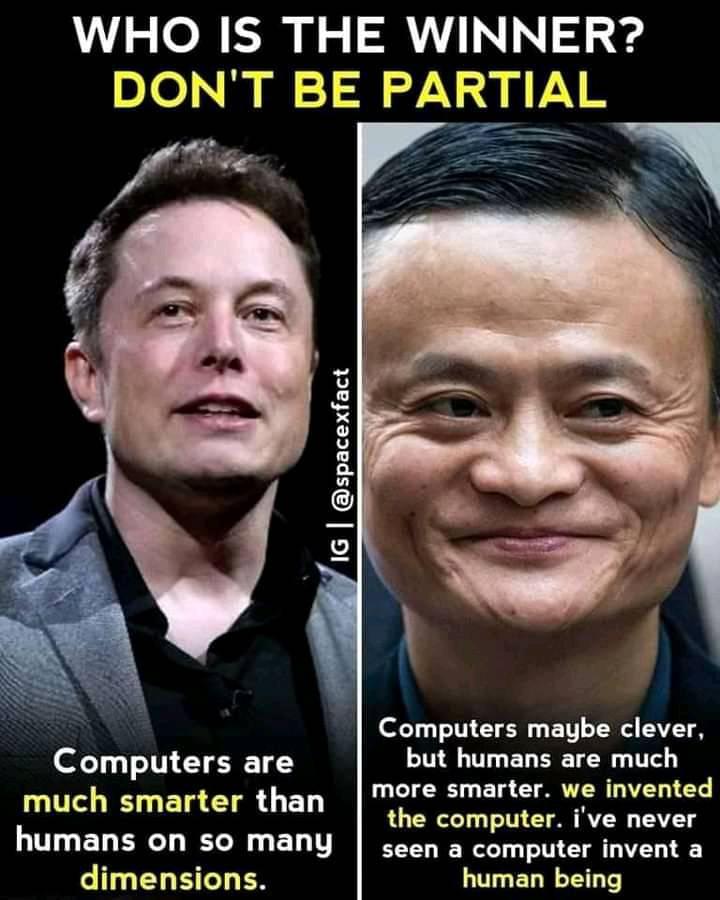F4F is launching Blue Marble Night as a new spacer holiday, commemorating the Blue Marble photo taken by Apollo 17 on 7 December, 1972.
Want to help?
We are setting up a celebration of the limitless inspiration of space. One that recognizes the fragility of our world while simultaneously infusing a sense of hope and awe. We will have the Overview Effect and our future in space as the main focuses. :
Here is what you can do:
1. Recruit celebrities and regular people to record 30–60 second testimonials about the Overview Effect or their connection to space.
2. Recruit thought leaders willing to give 10–15 minute talks about the majesty of space, the Overview Effect, our future in space, Apollo 17 etc.
(In both vids, close out the vid with the toast “Happy Blue Marble Night and next year on the moon.” Encourage people to wear blue or to toast with blue drinks.
